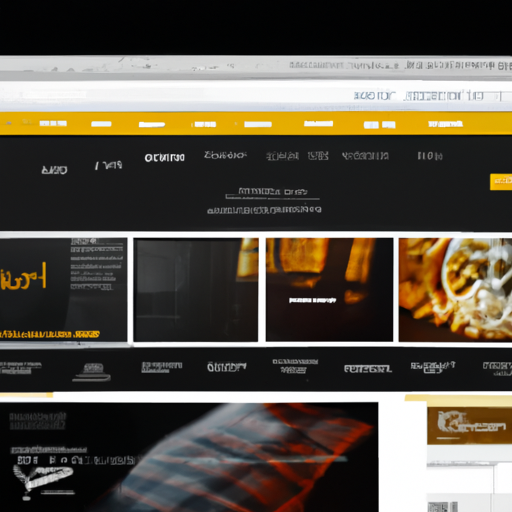İnternet Sitesi Tasarımı
Bir web sitesi oluştururken tasarım, başarı için kritik bir bileşendir. Bir web sitesi tasarlamak için pek çok seçenek olmasına rağmen asıl anahtar, tasarımın ziyaretçiler için çekici, sezgisel ve kullanılabilir olmasını sağlamaktır.
Kaliteli bir web sitesi oluşturmak için bazı ipuçları:
- Verimlilik önce gelir: İlk sayfa yükleme süresinin hızlı olduğundan ve tüm içeriğe hızla erişilebildiğinden emin olun.
- UX'in farkında olun: Öncelikle kullanıcı deneyimini planlamaya odaklanın ve site gezintisinin haritasını çıkarın.
- Tüm cihazlar için tasarım: Web sitesinin hem masaüstü hem de mobil platformlarda verimli bir şekilde çalışmasını sağlayın.
- Düzen ve tipografi: Web sitenizin her öğesinin ziyaretçilerin ilgisini çekecek şekilde düzenlendiğinden emin olun.
- Ölçeklenebilirlik planı: İşletmeniz büyüdükçe zaman içinde genişlemek için web sitenizi tasarlayın.
Bir web tasarımcısı ile çalışırken aşağıdakileri sağlamalıdırlar:
- Estetik tasarım: benzersizlik, çekicilik ve marka uygunluğu.
- işlevsellik: Kullanımı kolay gezinme, düşük çözünürlüklü resimler, içerik düzeni ve bir “sürpriz ve keyif” unsuru olmasını sağlama.
- Test yapmak: Web sitesi halka açıklanmadan önce sorunları çözmek için.
Web siteleri sezgisel, kullanımı kolay ve görsel olarak hoş olmalıdır. Etkili bir web tasarımı, en iyi kullanıcı deneyimini yaratacak ve ziyaretçilerinizin ve müşterilerinizin etkileşimde kalmasına yardımcı olacaktır.
The modern world has been significantly shaped by the internet – bringing people, businesses and entertainment closer than ever before. For many businesses – the majority of their clients and sales originate online and having a well-designed website has become a determining factor in who succeeds online and who fails.
Web design has come a long way since its inception, with new design options being developed to meet the needs of modern consumers. So, what makes an effective Web site design?
First and foremost, a successful Web site must be easy to navigate, with clear menus and a logical flow to guide visitors where they need to go. Aesthetics are important – a well-designed site will have appealing layout, colours, fonts and images that give the site a professional, attractive look.
Good readability is also essential – visitors should be able to find the information they need quickly and easily. This requires the use of good font sizes, clear headings and a user-friendly layout. Visitors should also feel confident when navigating, so having a prominent search bar, a 404 page for broken links and a FAQ page for commonly asked questions can make all the difference.
Security should also be the priority when designing any Web site, especially when taking payments. Not only should the data be stored securely, but it should be encrypted too, to prevent hackers from stealing confidential information.
Finally, an effective website design should be optimised for search engines. This includes both behind-the-scenes SEO work, such as meta tags and schema, and also visible elements, such as well-written content, image optimisation and external links.
These are just some of the factors to consider when designing a website. Ultimately, the goal should be to create an engaging, user-friendly and secure Web experience for all visitors.
